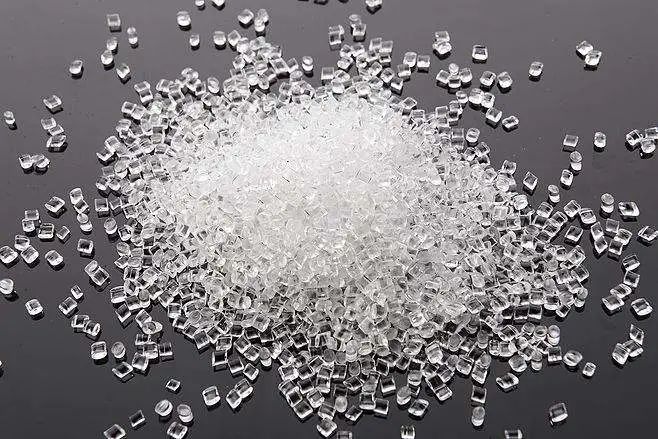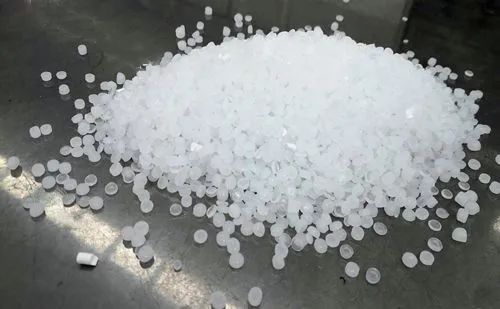Differences in Plastic Water Pipes(Part 1)
Plastic, as a derivative of the petrochemical industry, has become a substitute for many traditional materials due to its excellent performance advantages. Today, there are a wide variety of plastic pipes for different purposes on the market, with different properties. Many people may not know the difference between them.
In fact, plastic materials are also varied. So, what plastic common used to make pipes? Yifan Youjia will introduce you in detail.

1. Polypropylene
Polypropylene (PP) is a thermoplastic (hot-meltable) polymerizes from propylene, which is the least dense plastic, usually a translucent colorless solid, odorless, and non-toxic.
Because polypropylene has low-temperature brittleness, in order to improve this shortcoming, propylene usually copolymerizes with a small number of ethylene molecules, thus polypropylene divides into homopolypropylene and copolymerized polypropylene.
Polypropylene has excellent pressure-bearing properties, and it is very easy to hot melt welding after making into pipes. Compared with PE, it can withstand higher temperatures, so it is widely used in home improvement water supply pipes. In the process of using polypropylene as pipeline raw material, it has experienced the following development process:
development path:
- PP-H is homopolymer polypropylene, commonly known as type I polypropylene. It completely polymerizes from propylene, with poor impact resistance and good high-temperature resistance. The prepared pipes. generally use. for chemical pipelines or other engineering purposes.
- PP-B is a block copolymerizes polypropylene, commonly known as type II polypropylene. PP-B has a higher ethylene content, which greatly improves its low-temperature impact resistance, but loses its high-temperature resistance. Therefore, pipes made of it are generally suitable for cold water systems.
- PP-R is a random copolymerizes polypropylene, commonly known as type III polypropylene, which polymerizes by a small amount of ethylene monomer and propylene by a trackless copolymerization method. At a certain high temperature, the low-temperature impact resistance is improved, and it becomes a more ideal pipeline material that can be widely used in cold and hot water systems. Today, PPR has occupied most of the market for water supply pipes in the field of home improvement, which is inseparable from stability, reliability, ease of installation, and of course, relatively affordable prices.
- PP-RCT, also known as high temperature resistant β-crystal PPR, is a modified PPR material, commonly known as type IV polypropylene. Since the hexagonal crystal form is use replace the monoclinic crystal form of PP-R, in addition to the common physical properties of PP-R, PP-RCT improves in terms of heat resistance, pressure resistance, and toughness. At present, PP-RCT mostly uses high-temperature heating systems.

2. PB polybutene
Polybutene (PB) is a thermoplastic (hot-meltable) polymerized from butene. It is non-toxic, odorless, and has excellent cold and heat resistance. It is called “gold in plastics”.
PB tubes are often milky white.
After being made into pipes, PB pipes have very good compression resistance, but poor impact resistance and are prone to cracks. PB is more viscous after hot melting, the cooling and hardening time is longer, and the construction difficulty is relatively high. When used as a heating system pipe, due to its good thermal insulation performance, it is not suitable for floor heating pipes compared to PE material with better heat dissipation performance.
This is our Facebook Website:www.facebook.com , Follow us at IFAN to learn more about the industry.

